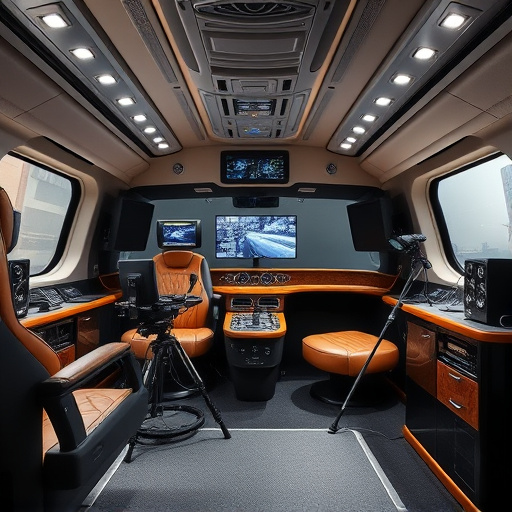For successful DIY air intake installations, thoroughly research your vehicle's compatibility before purchasing any guides or kits. Consult manufacturer guidelines and car forums to verify fitment, dimensions, and necessary modifications to avoid performance issues or warranty voiding. Always choose a kit specific to your exact make and model for optimal airflow, reliable engine protection, and seamless installation.
“Aging your vehicle’s performance with a DIY air intake installation is an appealing prospect for many car enthusiasts. However, navigating this process incorrectly can lead to common mistakes that hinder, rather than enhance, your engine’s health and power. This comprehensive guide highlights critical errors to avoid, focusing on compatibility issues, safety measures, and maintenance practices. By understanding these pitfalls, you’ll ensure a successful DIY air intake installation, reaping the benefits of improved performance while mitigating potential risks.”
- Misunderstanding the Compatibility
- – Common issues with incorrect vehicle compatibility
- – Importance of matching air intake to your specific make and model
Misunderstanding the Compatibility

When diving into a DIY air intake installation, one common pitfall is misunderstanding compatibility. It’s crucial to remember that not all vehicles are created equal, and what works for one model might not be suitable for another. This can lead to improper installations, compromising your vehicle’s performance or even causing damage. Before you begin following any DIY air intake installation guide, ensure you’ve thoroughly researched the specific make and model of your vehicle.
Consulting manufacturer guidelines and cross-referencing with trusted car forums can help clarify compatibility issues. Always double-check the fitment, dimensions, and any necessary modifications required for your particular vehicle. Ignoring these details could result in a poorly performing intake system or voiding warranties, so take the time to understand your car’s unique requirements.
– Common issues with incorrect vehicle compatibility

Many DIY enthusiasts attempt to install a DIY air intake system, but common mistakes lead to vehicle compatibility issues. One of the primary blunders is failing to check if the chosen air intake kit is compatible with their specific vehicle model and year. Vehicle manufacturers design engines with unique specifications, and using the wrong intake kit can result in poor performance or even damage. For instance, a universal air intake designed for multiple models might not fit properly around existing engine components, leading to leaks and reduced efficiency.
Before purchasing and installing any DIY air intake guide, enthusiasts should thoroughly research their vehicle’s requirements. This includes checking the make, model, and year to ensure compatibility. Consulting vehicle forums and manufacturer guidelines can help avoid these common pitfalls, ensuring a seamless installation process that enhances engine performance without complications.
– Importance of matching air intake to your specific make and model

When enhancing your vehicle’s performance with a DIY air intake installation guide, it’s crucial to tailor your choices to your exact make and model. Using a universal filter or system that isn’t specifically designed for your car can lead to several issues. These may include poor air flow due to incorrect fitment, potential damage to the engine due to inadequate filtering, or even voiding your vehicle’s warranty.
A mismatched air intake might not offer the optimal performance gains you’re looking for and could complicate future maintenance tasks. Always research and select a kit designed specifically for your make and model to ensure seamless installation, maximum airflow, and reliable protection for your engine.
When installing a DIY air intake, understanding your vehicle’s compatibility is paramount. Avoiding common mistakes like mismatching components can ensure optimal performance and longevity of your modification. Remember, a tailored approach, guided by a comprehensive DIY air intake installation guide, is key to reaping the benefits of enhanced engine power and efficiency.














